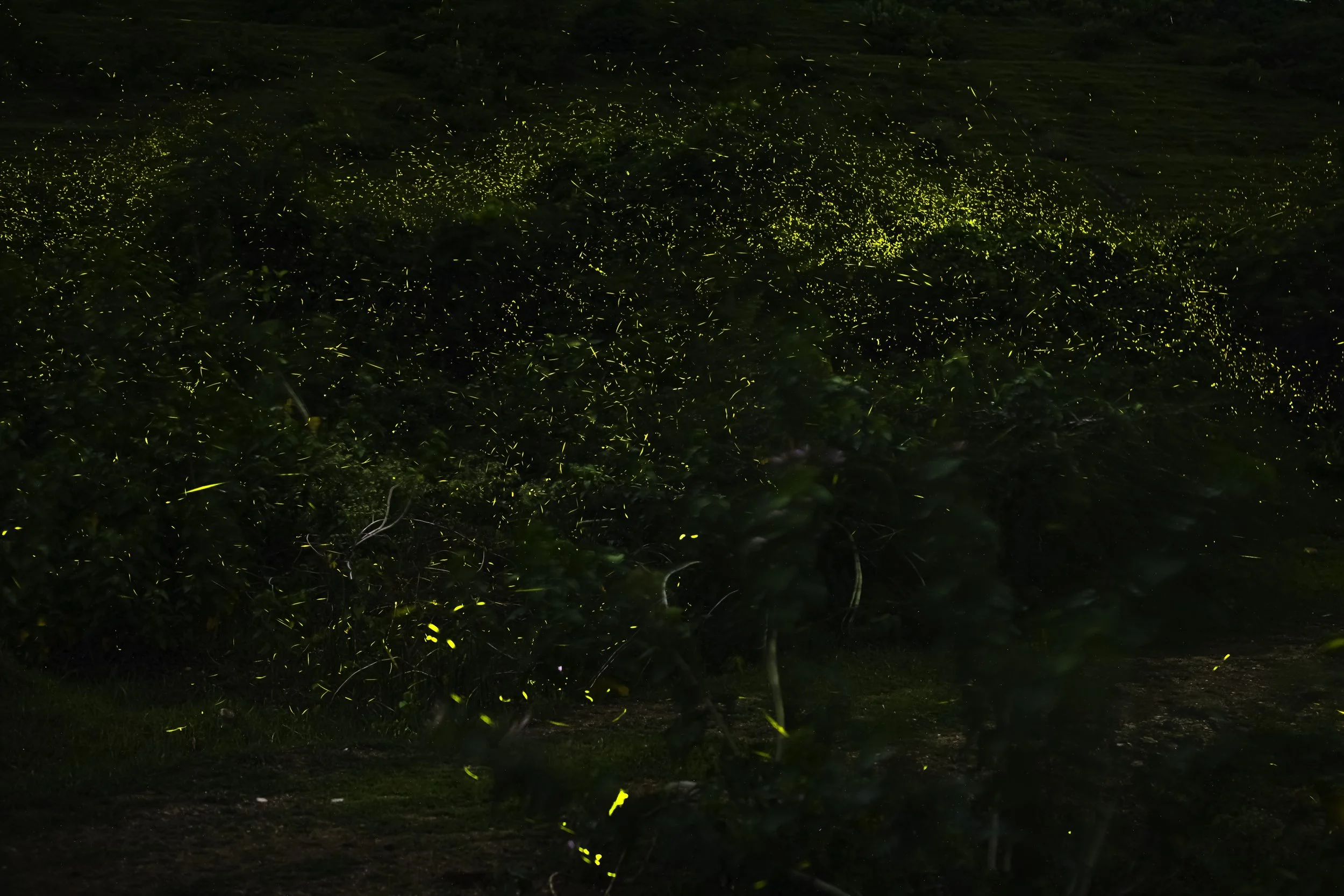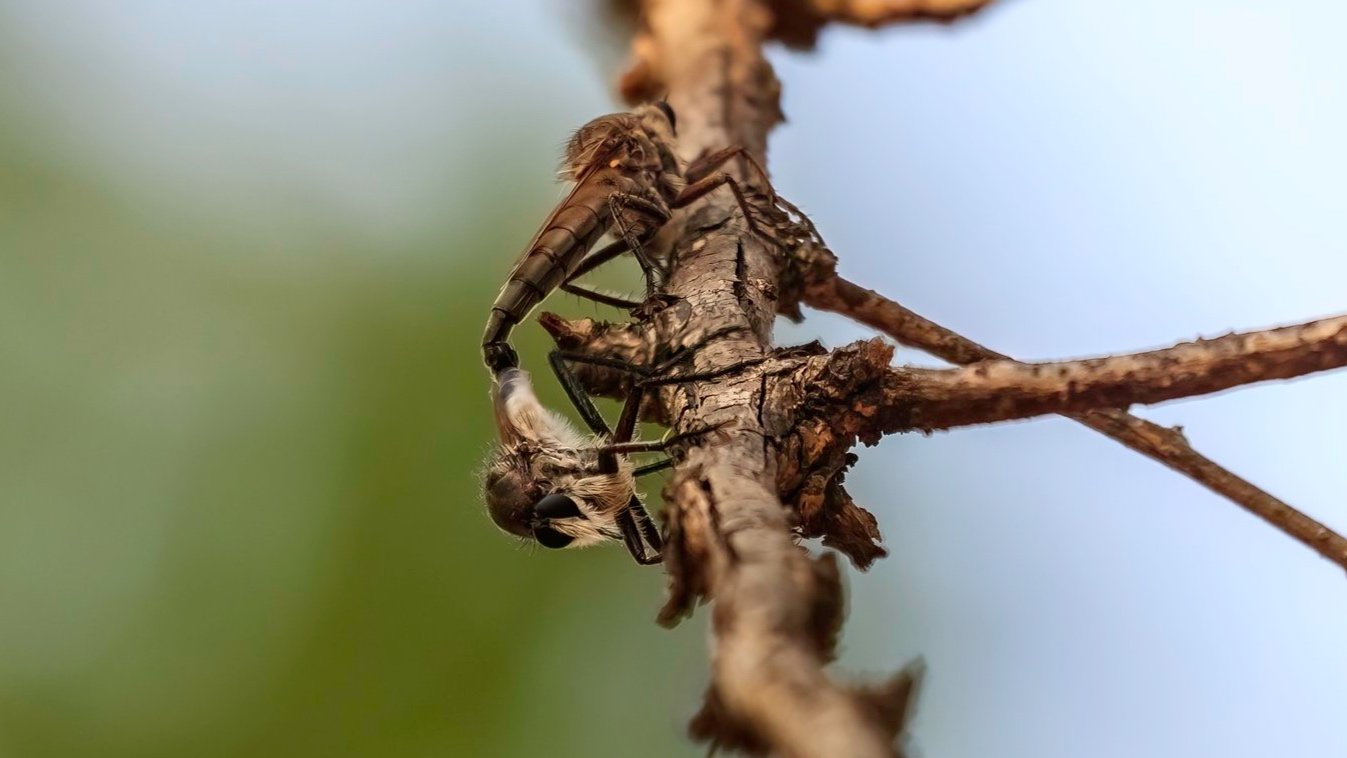Streaked Weaver
Finding and photographing the Streaked Weaver (Ploceus manyar) is an exercise in exploring vibrant wetland ecosystems. Often overshadowed by the more common Baya Weaver, the Streaked Weaver is a resident species specialized in reedy habitats near water bodies. I found and photographed these weavers near the banks of the Godavari River. The massive Sri Ram Sagar Reservoir serves as a critical habitat for various bird species, especially during the monsoon and winter months.
#wildartworks, #Canon, #Wildlife, #naturephotography, #earthcapture, #conservationphotography, #wildlifeonearth, #bbcearth, #natgeowild, #natgeoindia, #Kawal, #KawalTigerReserve, #hyticos, #nirmal, #wildtelangana, #telanganawildlife, #streakedweaver, #weaver, #weaverbird, #reedhabitat, #waterbodies, #sriramsagarreservoir,
White-browed Scimitar Babbler
The Old World Babblers are a family of passerine birds diverse in size and coloration, characterised by soft fluffy plumage. These are birds of tropical areas, with the greatest variety in Southeast Asia and the Indian subcontinent. This group is among those Old World bird families with the highest number of species still being discovered. Featured here is the White-browed Scimitar Babbler from Doi Luang in Chiang Mai.
It is a medium-sized babbler with a slightly decurved yellow bill. It usually forages low in the undergrowth, at middle levels, or on the ground, often in mixed flocks with other babblers and laughingthrushes. Found from the upper lowlands up into mountainous regions, where it inhabits forests with dense undergrowth, as well as shrubby edges and grassy areas. Repertoire is vast and includes whoops, rattles, and hooting. As with other scimitar-babblers, pairs duet with one another.
#wildartworks, #Canon, #Babbler, #whitebrowedscimitarbabbler, #birdinginthewild, #birdphotography, #Timaliidae, #thailand, #DoiLuang, #DoiPhaHomPokNationalPark, #scimitarbabbler,
Firefly
Abscondita chinensis, a captivating species of firefly belonging to the family Lampyridae and subfamily Luciolinae, is a luminous wonder native to tropical Asia. Known for its remarkable bioluminescent displays, particularly during its mating season, it plays a vital role in its ecosystem as a predator and contributes to the charm of natural environments. It lives in various habitats, and its bioluminescence, especially during mating, adds a magical quality to its existence. However, threats from pollution and climate change highlight the need for conservation efforts to protect this insect. These were photographed in Telangana.
#wildartworks, #Canon, #Wildlife, #naturephotography, #earthcapture, #conservationphotography, #wildlifeonearth, #bbcearth, #natgeowild, #natgeoindia, #Kawal, #KawalTigerReserve, #hyticos, #nirmal, #wildtelangana, #telanganawildlife, #telanganaanthropods, #telanganabeetle, #beetle, #Insectsoftelangana, #Absconditachinensis, #Lampyridae, #Luciolinae, #firefly, #asynchronousfirefly, #synchronousfirefly,
Robber Fly/ Assassin Fly
The Asilidae are the robber fly family, also called Assassin Flies. It is one of the largest families in Diptera Brachycera. The adults and larvae are predaceous on other insects, especially on plant-feeding insects, and thus help in the natural control of insects. They are world wide in distribution, represented by about 5000 species belonging to over 400 genera. Only about 750 species under 80 genera are known from the Oriental Region, of which 300 species and 45 genera are from India. Stenopogon is a genus in the family Asilidae with at least 200 described species. Today is about one of them from the Kawal Tiger Reserve.
#wildartworks, #Canon, #Wildlife, #naturephotography, #earthcapture, #conservationphotography, #wildlifeonearth, #bbcearth, #natgeowild, #natgeoindia, #Kawal, #KawalTigerReserve, #hyticos, #wildtelangana, #telanganawildlife, #telanganaanthropods, #Insectsoftelangana, #Asilidae, #Stenopogon, #robberfly, #assassinfly,
Kuregad - A Tale of Water
Hidden in the deep recesses of the Kawal Tiger Reserve are a number of Gond villages having a close relationship with nature and its management. Closely linked with each individual of the Gond clan is a lineage of Pardhans, bards and chroniclers, who play a vital role in the worship of the clan deity and many other ritual activities. Today is about one such village which depended on their solitary well for water but when the water started to make them sick, they left to settle at a different location. Life in the forest isn’t always a bed of roses.
#wildartworks, #Canon, #Kawal, #KawalTigerReserve, #hyticos, #wildtelangana, #telanganawildlife, #gondvillage, #waterscarcity, #lifeintheforest, #gondlife, #telanganagonds, #adilabad, #kumurambheemasifabad, #gundala, #kuregad,
Indian Bark Mantis
The Indian Bark Mantis (Humbertiella ceylonica), is a species of praying mantis found throughout India. It is well-known for its excellent camouflage, resembling tree bark, hence the name. As its name suggests it generally lives on the bark of trees and its color and texture closely match the bark of trees, allowing it to blend seamlessly into its environment. Like other mantises, they are ambush predators, patiently waiting for prey to come within reach before striking primarily feeding on insects and other arthropod.
#wildartworks, #Canon, #Wildlife, #naturephotography, #earthcapture, #conservationphotography, #wildlifeonearth, #bbcearth, #natgeowild, #natgeoindia, #animalsofinstagram, #prayingmantis, #mantids, #insects, #preyingmantids, #indianbarkmantis, #barkmantis, #Mantodea, #Gonypetidae, #anthropods, #bugs, #Kawal, #KawalTigerReserve, #hyticos, #wildtelangana, #telanganawildlife, #telanganaanthropods, #Insectsoftelangana,
Silver-eared Laughingthrush
The Silver-eared is an attractive medium-sized laughingthrush with a gray body, golden-yellow wings, dark face, and chestnut crown. Note the dark orangish “bib”, the color of which varies by range; northern birds have the brightest patches. The namesake silver ear patches are rather rounded & blend smoothly into the gray of the neck. Usually seen scratching around noisily in dense undergrowth, often singly, or in pairs or small flocks. They are found in montane and hill forests, as well as forest edges with dense low growth.
#wildartworks, #Canon, #silverearedlaughingthrush, #birdinginthewild, #birdphotography, #Leiothrichidae, #thailand, #DoiLuang, #DoiPhaHomPokNationalPark, #laughingthrush,
Slaty-backed Gull
The slaty-backed gull is a large, white-headed, thickset, short-winged, pot-bellied gull that breeds on the north-eastern coast of the Palearctic, but travels widely during non-breeding seasons. It is similar in appearance to the western gull and the glaucous-winged gull. Often looks rather frosty by the first winter; starts to develop a gray back and whitish eye in its second year. Primarily an Asian species, found in coastal regions from Japan and South Korea to Russia. Regularly occurs in western Alaska, but very rare elsewhere in North America.
Subscribe if you would like to continue reading the stories.
#wildartworks, #Canon, #PromediagearTR424L, #Bird, #Birdsinwild, #BirdWatching, #Wildlife, #WildBirds, #naturephotography, #exclusivewildlife, #planetbirds, #earthcapture, #wildlifeseekers, #earthpix, #naturyst, #conservationphotography, #Hokkaido, #wildlifeonearth, #bbcearth, #natgeowild, #slatybackedgull, #gull,









